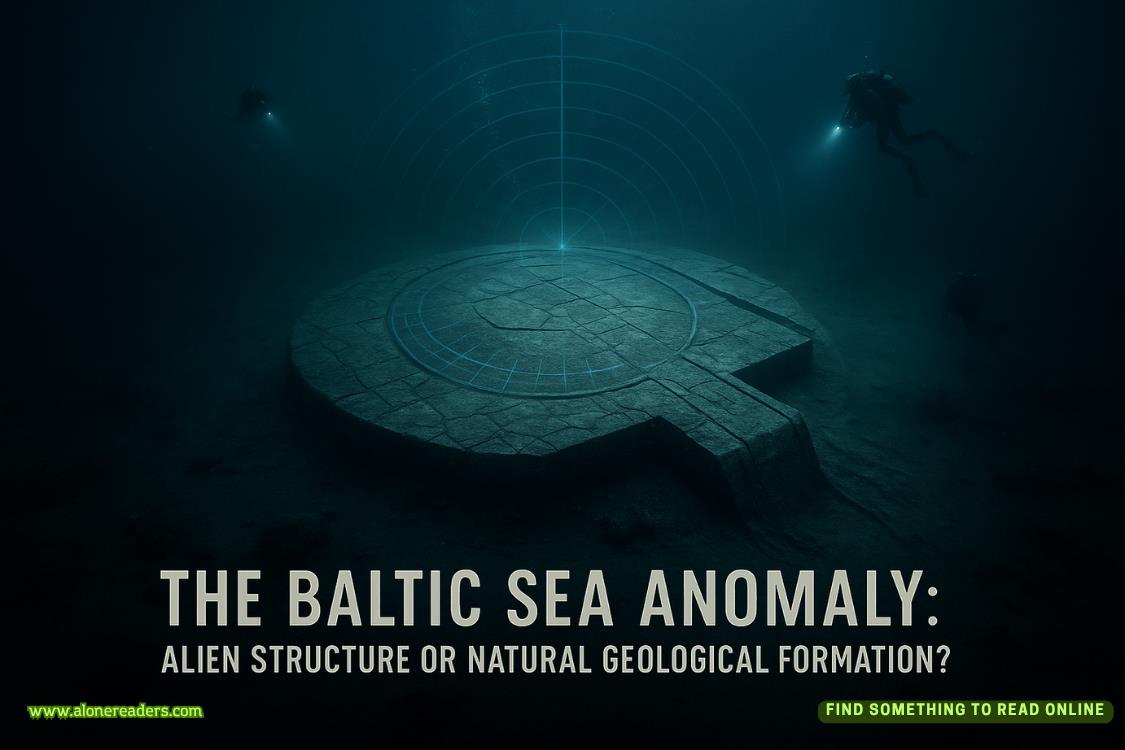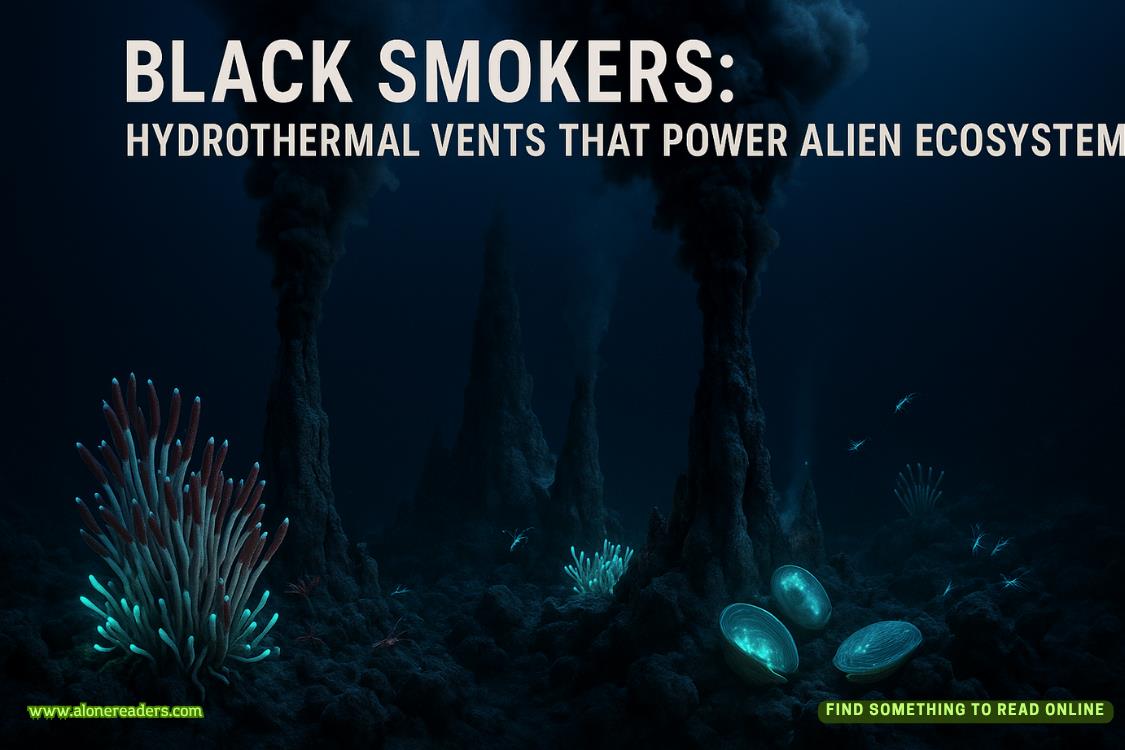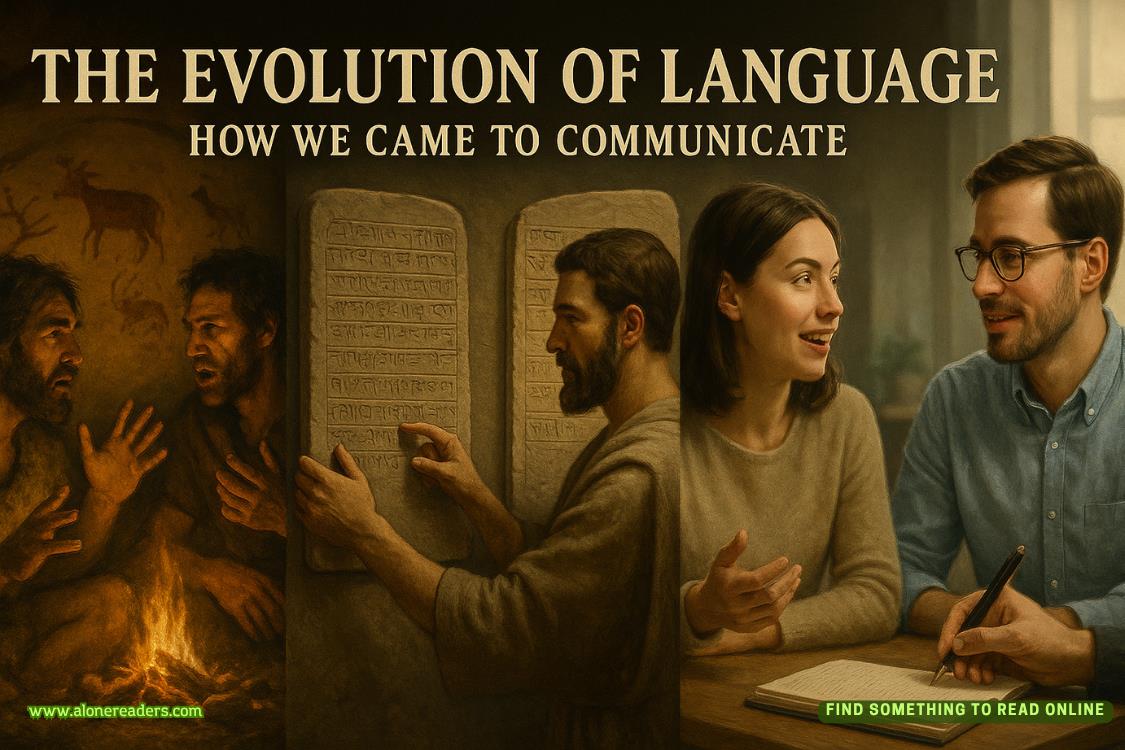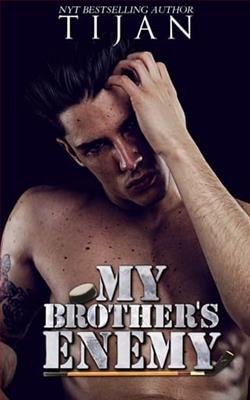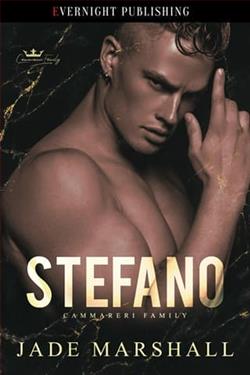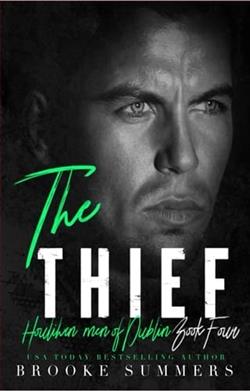Page 60 of The Winter Princess
I look at the hand. An actual friendship with a princess of Sondmark? Maybe this is safer than our uneasy alliance. I know I’m attracted to her, even if I try not to examine it. Like steam coming off a pot, I don’t have to lift the lid to know what’s boiling inside.
No, this is good. Friendship is the right path. I could see myself running, running headlong into love, but now that the lid is lifted, the steam can dissipate into something less stupid. Appreciation, for instance. Friendly appreciation of her talents and gifts. These feelings boiling away will have a healthy, non-humiliating outlet, and I can return to room temperature in peace.
I take her hand in a firm, collegial grip. “A handshake? Erasmus’s cap, where did you grow up? A palace?”
She laughs, the sound dry and unimpressed. “You’re hilarious. Never change. Now,” she says, turning to her equipment, “We need to make more progress out there. Visits are up, and you have nothing more important to do today than tell me about something you love.”
I frown. Friendship. I love friendship. “I don’t have anything to talk about.”
“I gave you more than a week to select an art piece. Can’t you narrow it down? We keep getting emails from Roland.Can I do the Loes chess set? No, Friggand’s bear. How about King Malthe III’s murder ring?We can’t shut the man up. Don’t worry about needing to include everything you’re passionate about. This is a series.”
“Narrowing it down is not the problem.” I shrug. “There’s just nothing that jumps out.”
Her look lingers, eyes narrowing as she tries to understand. I shift, remembering again the night I saw the thin, white scar running down the length of her back. This is like that. I feel as transparent as glass. Exposed.
“The best art in the world passes through your studio, and there’s not one thing that’s your favorite. Are you a freak of nature?”
I give Freja a look, and she lifts a placating finger. “Withdrawn.” Still, she regards me, one eye squinting, as though I’m disordered. “Isn’t there something in the whole museum you like best?”
“I’m not Roland. I can’t whip up enthusiasm for pieces I see through a critical lens.” I point, in rapid succession, to a few canvases near at hand. “Ripped. Flaking. Discolored. Warped. Moldy. These are problems. I fix problems.”
Freja emits a shocked, high-pitched noise, and her jaw drops so far it’ll be a miracle if she doesn’t have to have her food cut into tiny, pre-chewed pieces. I walk around the table and press a finger under her chin, closing it. Her eyes are as big as the moon, her skin as soft as a round-tipped paintbrush, and my heart pounds.
My neck is warm. I drop her hand, stepping back to put space between us. Retrieving a sharp pair of scissors from a drawer, I return to the painting with a scrap of fabric. I shove my mind full of the task, punching the details into every corner, pushing everything else out. I slice along the frayed end and tiny strings fall to my worktable. I adjust the line and smaller strings fall. And again still smaller.
Freja gives a gust of a sigh. “We should go back to being mortal enemies.”
I grunt and pick up tweezers. “Too late. I’ll text you what I’m wearing tomorrow, and we can twin.” I look forward to how this new state of affairs will release some steam. I wait to feel the pressure ease. I wait. I wait. I wait.
“I have a twin. We dress nothing alike. Now, we still need content. What are you going to let me film you about?”
“Anything you suggest,” I say, sorting the fibers by length into piles.
“Do you know what Rik wanted to talk about? Assyrians. That’s it.” She lowers her voice into a grunt. “Assyrians.” My new friend is regrettably adorable. “Assyrians is an A-plus choice. Oskar,” she says, the sound of my name crowding out my task for one wild, uncontrollable moment, “we have to find something you really love.”
I pick up a strand of fiber with a pair of tweezers, holding it up. “I love Belgian linen.”
She sighs. Aggravated. “All right. Today you can tell me about Belgian linen, but it doesn’t count for your Artifact Interview.”
“Deal.”
She sets up two cameras, one trained on the rip and one taking a wider angle, each with a red blinking eye. “You’re now free to explain the majesty of Belgian linen.”
“Come here,” I coax. Picking up a tiny brush, I load it with conservation adhesive and place it in her hand. Our fingers touch. Again, I feel it behind my knees. “We’re going to dab the glue a little bit at a time and then place different lengths of thread perpendicular to the tear. That’s it,” I say, correcting her placement.
“Why don’t we paste a whole piece over the rip?” she asks, intensely focused on setting the string just so. The tip of her tongue is captured between her teeth.
I clear my throat. “The shape of it would show through to the other side. We want our work to be invisible.”
“The same reason to alternate lengths of string?”
I smile, conscious of the camera. “Are you sure you’ve never done this before? You’d make a good apprentice if being a princess doesn’t work out.”
She nudges me with her hip. I’m like a tuning fork, vibrating to her particular frequency, and I place my palm flat on the table to still the reaction. It’ll go away in a second.
“Belgian linen is three times stronger than cotton. It’s durable, breathable, and resists friction,” I say, rattling off the facts. “Now cover all the threads in more adhesive.”
She follows my instructions and looks up when she’s done. She’s too close, but I don’t shift. The camera would catch that.
